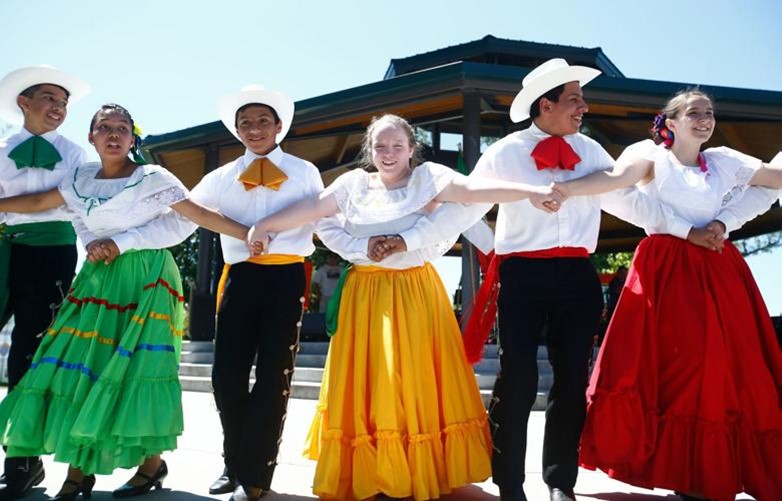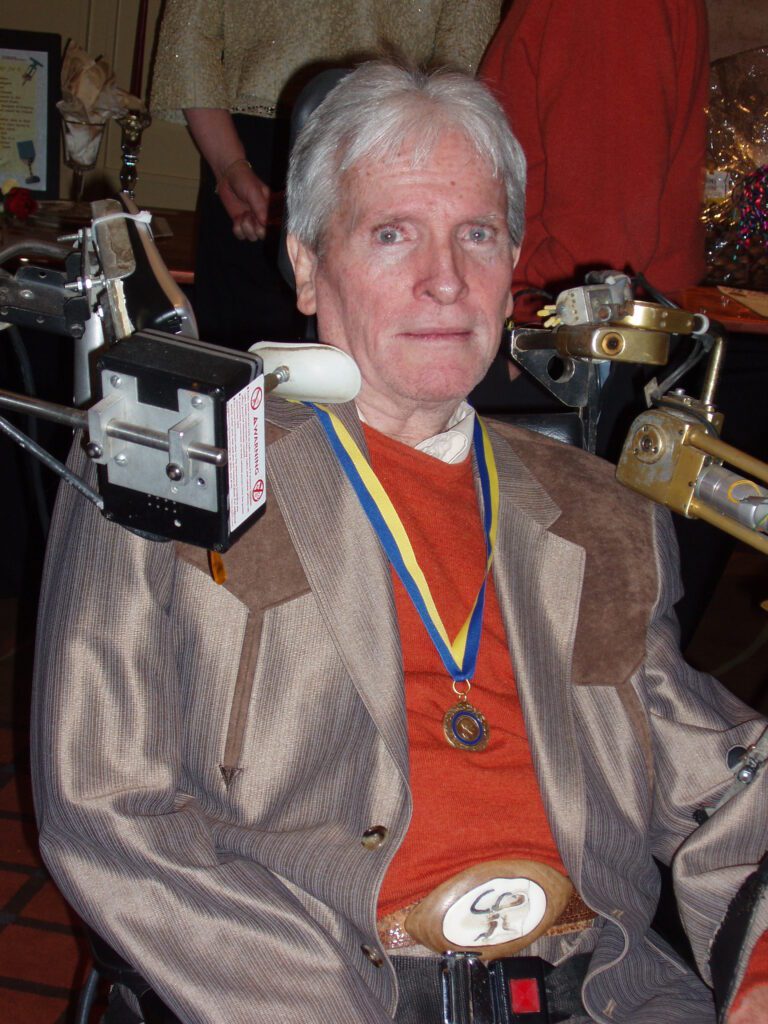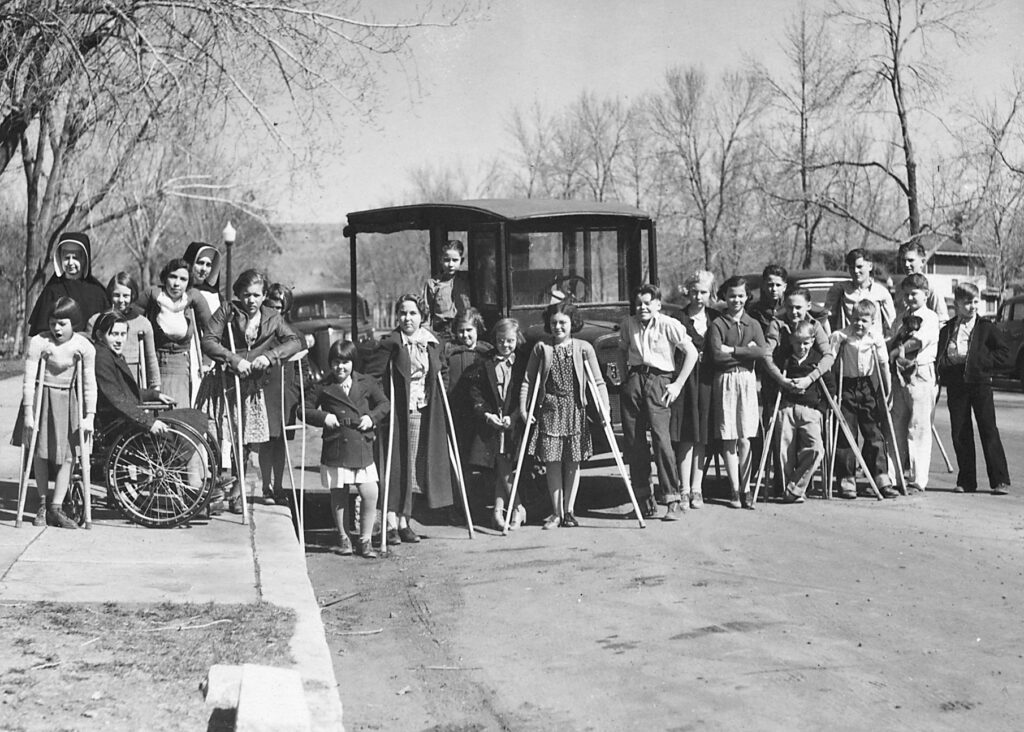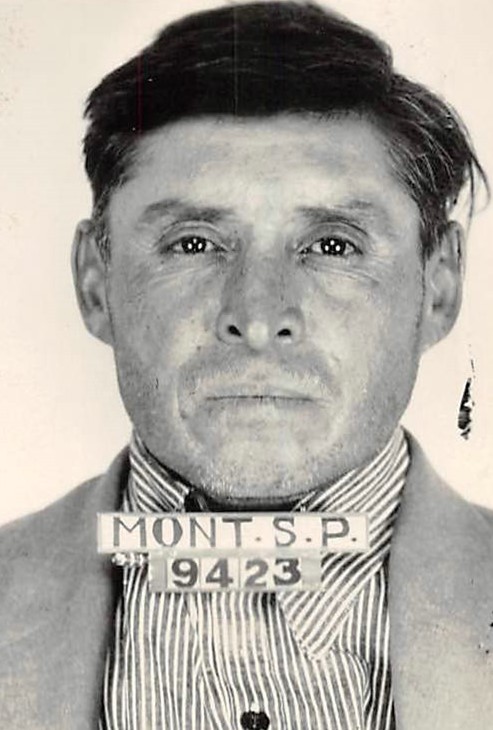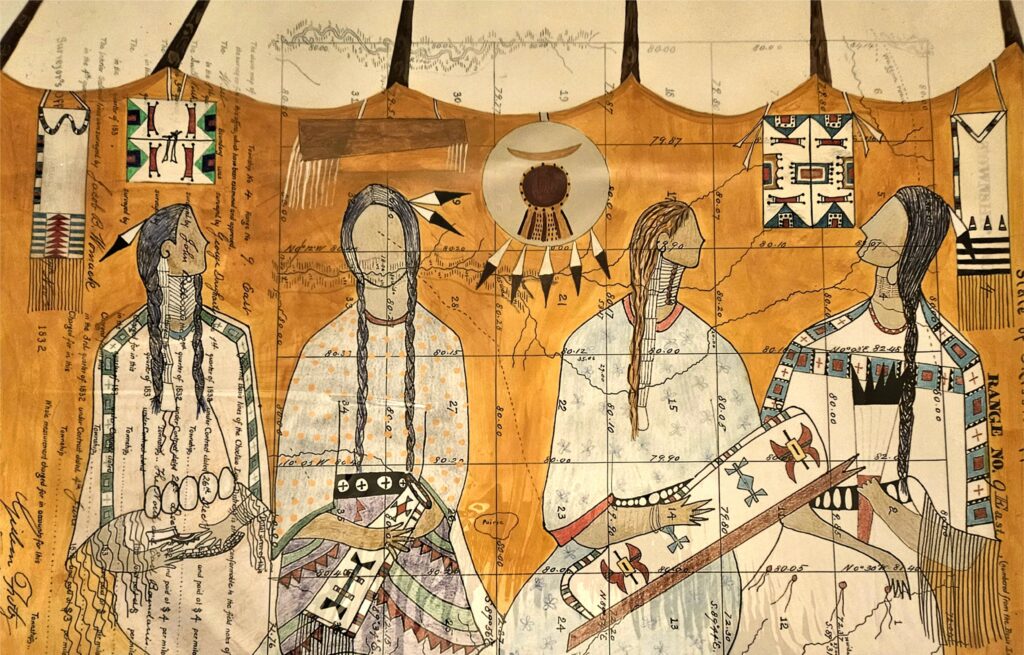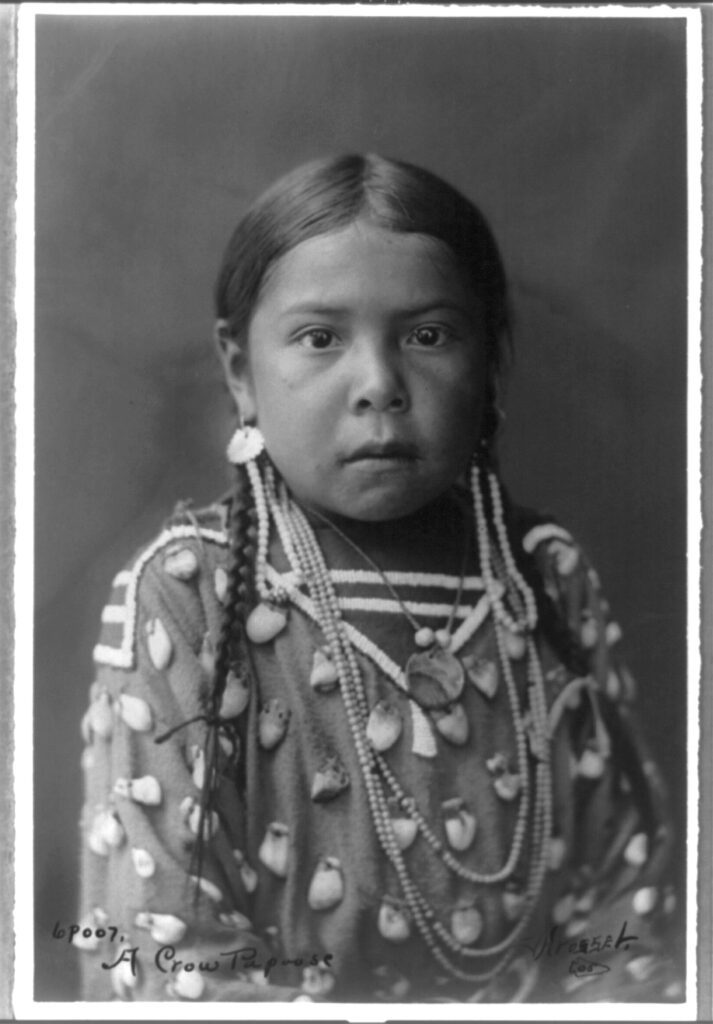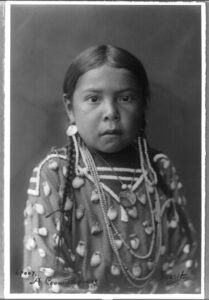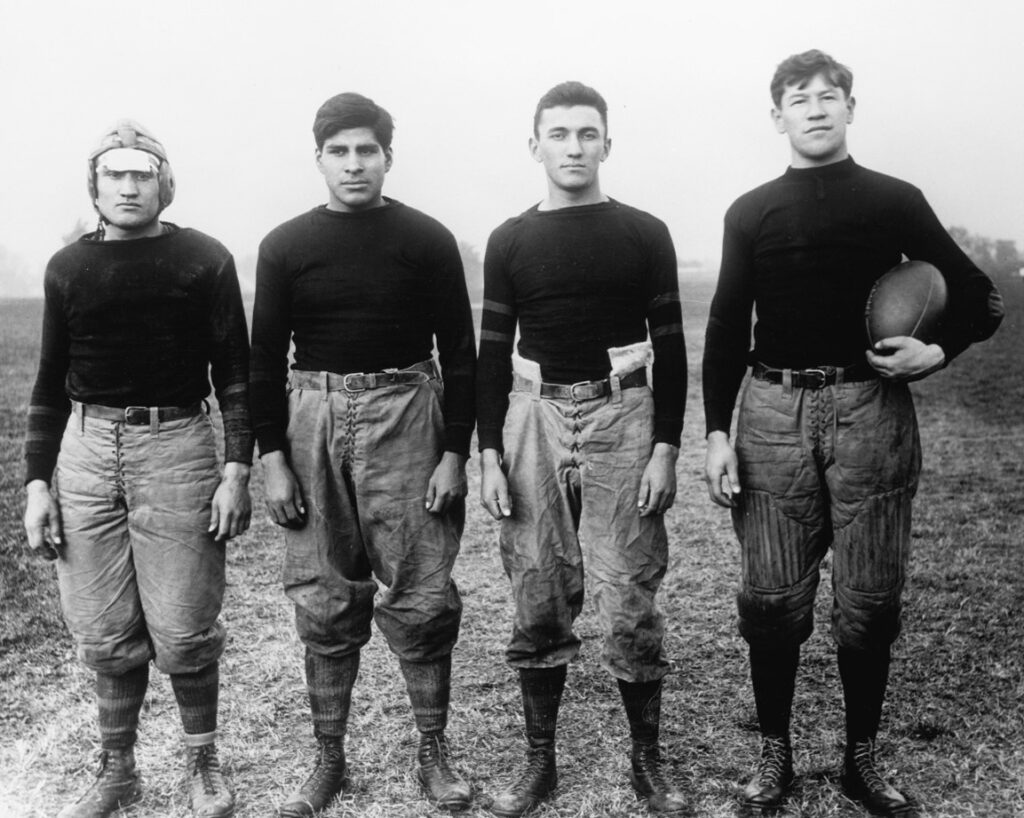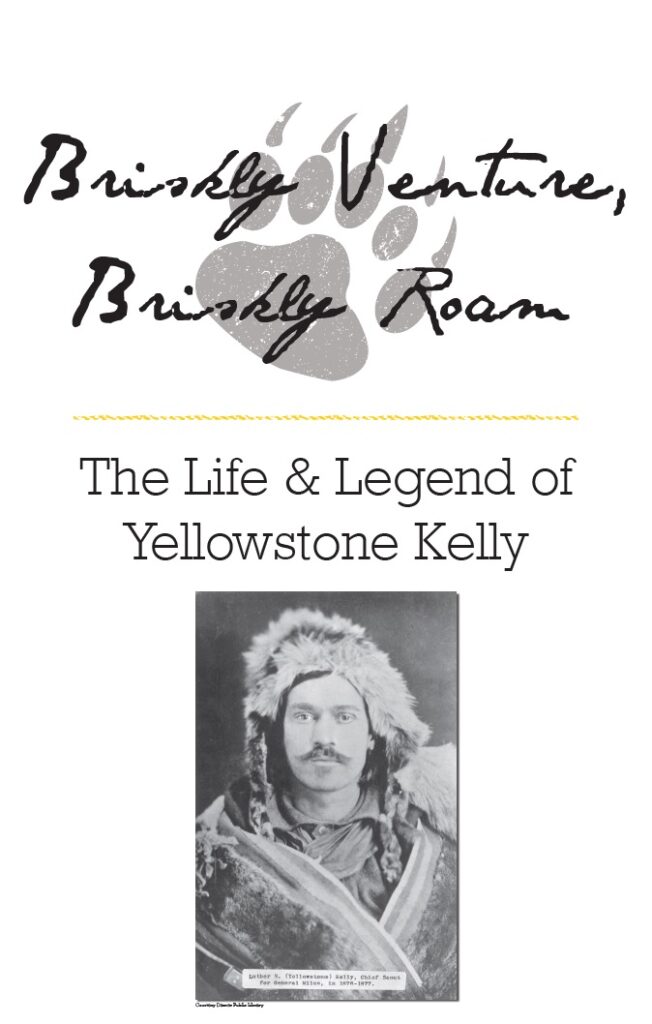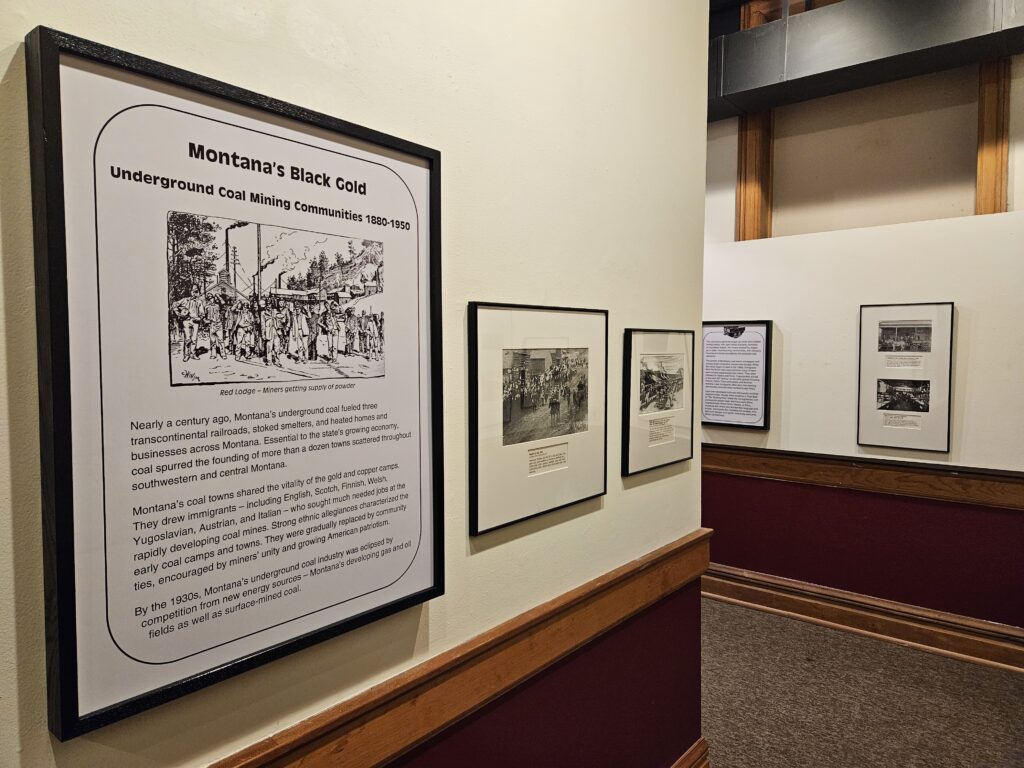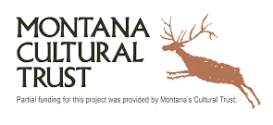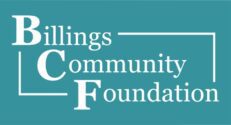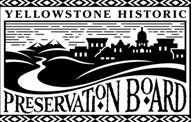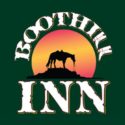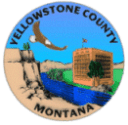Western Heritage Center Exhibition
Equally Different: Uncovering the History of Disability
2025 Student Contest: “Every Body Counts”
What is the Student Contest?
The contest’s theme “Every Body Counts,” invites students to discuss the history of people with disabilities. Students will do their own research on a topic that interests them about the history of people with disabilities; they can explore certain disabilities, analyze a certain time period of history in relation to disabilities, and make connections with personal experiences.
Individual students, pairs, or groups will get to choose the medium. Accepted formats include papers, websites, pieces of art, films, poems, or songs (exceptions can be made upon contact).
Who can participate?
There will be two separate divisions for this contest.
Division 1: 4th-7th graders
Division 2: 8th-12th graders
Students must be from Yellowstone County, Carbon County, Stillwater County, or Bighorn County.
Contest Information
Projects are due May, 16, 2025. First place winners of each division will receive $100, and second place winners will receive $75. All participants in the contest will receive a complimentary family membership to the Western Heritage Center.
Projects will be judged on how their project demonstrates:
- Historical Understanding
- Composition
- Creativity
- Strong Connection to the Theme
Submissions will be scored by an anonymous panel of judges who will make the final selection of division winners. Winners will be announced the week of May 28, 2025.
Selected projects will be displayed in a Western Heritage Center online exhibit.
Submissions
Projects will be submitted digitally through Google Forms.
Submit
(Exceptions can be made upon contact).
In addition to the project, students will write a simple project statement of no more than 500 words. This statement should explain the research, the project, and any personal connection to the student(s).
How to get started?
We encourage students to visit the exhibit: Equally Different:Uncovering the History of Disability at the Western Heritage Center for inspiration. Exhibit opens March 26, 2025 . Student admission is $3.
Guiding questions to consider
- What was the experience of people with disabilities throughout different periods in history?
- How did government policies help or hurt people with disabilities?
- What is the significance of the history of people with disabilities today?
Contact Information
For any questions please contact lauren@ywhc.org
